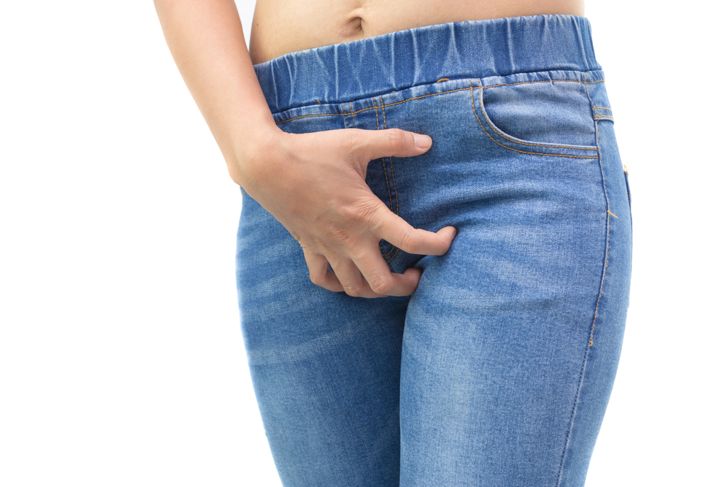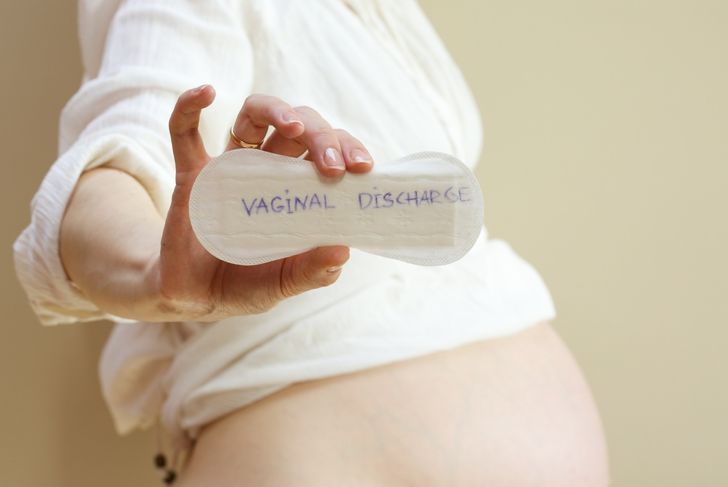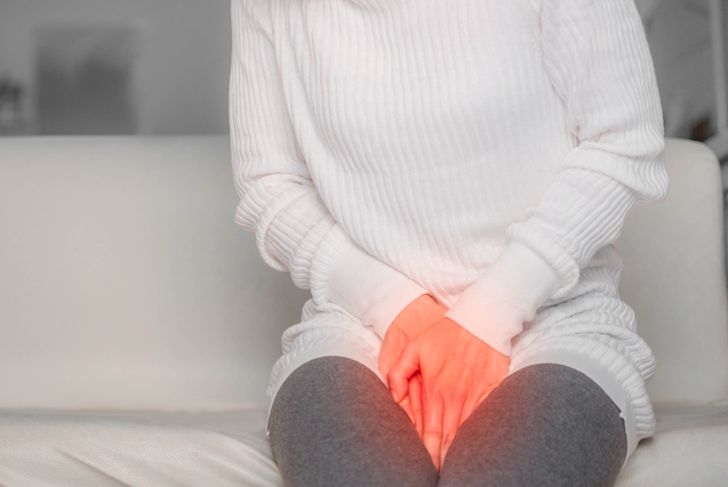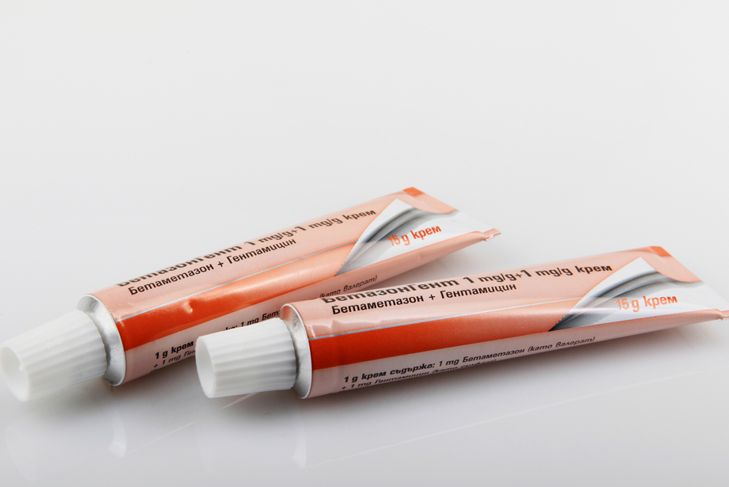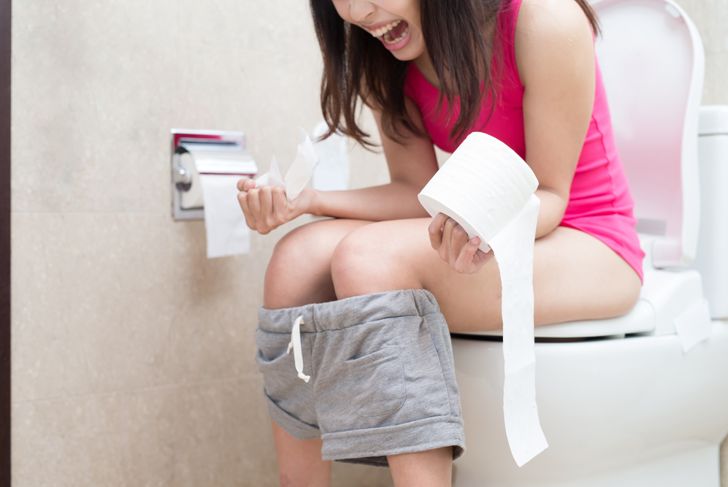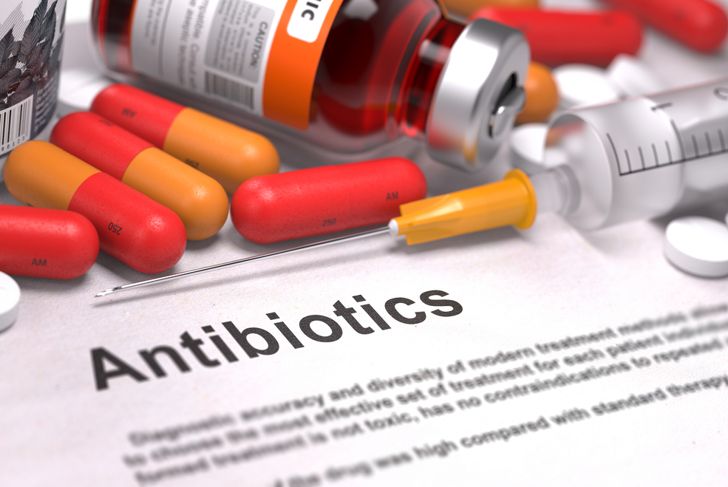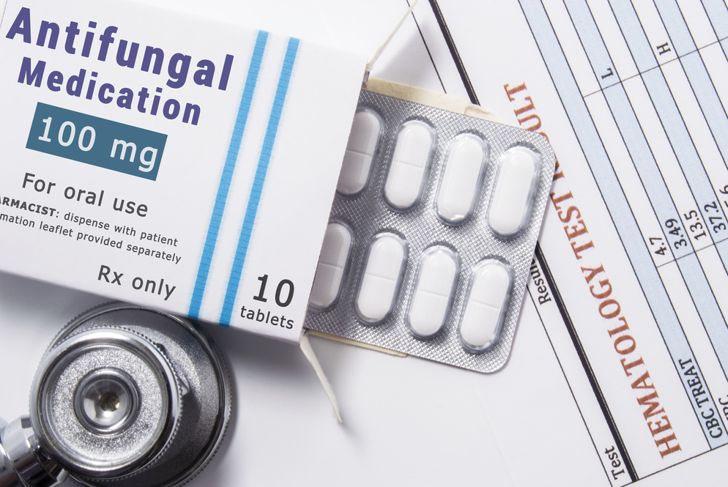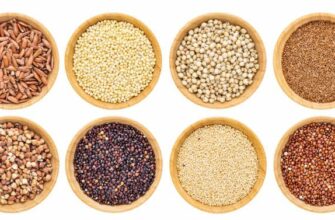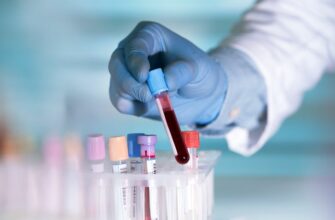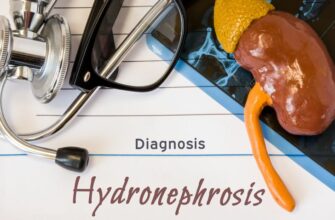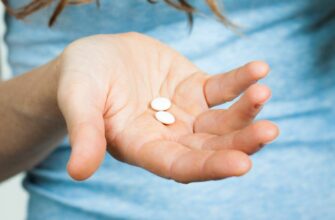Inside the vagina is a delicate ecosystem of healthy bacteria. When this ecosystem is thrown out of balance, infections can develop. A yeast infection occurs when yeast overgrows and irritates the vaginal tissues.
Symptom: Intense Vaginal Itching
Yeast or candida is a fungus similar to the ones that cause athletes foot and jock itch. Intense itching is a common and uncomfortable symptom that develops in almost every yeast infection. Not surprisingly given the sensitivity of the area, it is best to avoid scratching the irritated areas. Most pharmacies carry over-the-counter remedies to combat this symptom.
Symptom: Vaginal Discharge
A balanced array of healthy bacteria inside the vagina help keep it healthy. When yeast overgrows, it can lead to a discharge that ranges in color and consistency. Though discharge is not uncommon at various points during the menstrual cycle, the thick, white, cottage cheese-like issuance is common with a yeast infection. If the discharge smells bad, however, it likely indicates a different type of infection.
Symptom: Irritation and Burning
Vaginal irritation and burning is another common side effect of yeast overgrowth that comes in contact with the labia. Women may experience this symptom both when urinating and at other times. When yeast overgrows, it causes inflammation of the affected areas, leading to redness, irritation, and burning of the vaginal tissues and labia. The opening of the urinary tract, the urethra, can also become irritated. If this happens, an individual might experience burning with urination.
Symptom: Vaginal Redness and Swelling
Sensitivity in and around the vagina is common following any kind of change, even something as simple as new toilet paper or laundry detergent. Both internal and external vaginal tissue can swell and become irritated as the body mounts an immune response to the yeast infection.
Symptom: Painful Urination
Another uncomfortable symptom women may experience during a yeast infection is a burning, stinging, or other pain while urinating, as urine comes in contact with the irritated tissues. It can also cause pain in the urethra, the opening to the tube that facilitates urination. This is most likely due to yeast overgrowth around the urethra and the tissues that surround it.
Prevention: Loose-Fitting Clothes
Sometimes simple lifestyle changes can be enough to prevent yeast infections. Ensuring the vagina receives enough fresh air can make a positive difference because yeast does not survive when exposed to oxygen. Loose, non-breathable clothing, such as spandex leggings, non-cotton-crotch underwear, tight jeans, and wet bathing suits can all reduce air flow and trap moisture. When moisture is trapped, yeast can flourish. Wearing loose-fitting clothes at least part of the time (such as when sleeping) can help prevent infection.
Prevention: Post-Workout Shower
Since bacteria both good and bad help regulate pH levels, any change to that order can result in a yeast infection. A combination of the naturally dark, moist environment and the sweat associated with exercise provides a prime opportunity for bacteria and yeast growth. Wearing breathable underwear, showering, and changing clothes after working out can reduce the risk of infection.
Prevention: Yeast Loves Antibiotics
It may seem counterintuitive, but taking antibiotics for another infection can make the body more prone to yeast infections because antibiotics kill bacteria — good and bad — throughout the body. When the good bacteria dies, yeast can grow out of control. Increasing consumption of probiotics while taking antibiotics may help replenish good bacteria.
Recurrent Yeast Infections
Although vaginal yeast infections are not STDs, they can, rarely, be passed back and forth between sexual partners. Individuals who are dealing with recurring infections should have their partner tested for an infection as well. An anti-fungal medication can help alleviate this issue in some cases. Testing is also helpful for ruling out other sexually transmitted diseases that can cause vaginal irritation and discharge.

 Home
Home Health
Health Diet & Nutrition
Diet & Nutrition Living Well
Living Well More
More